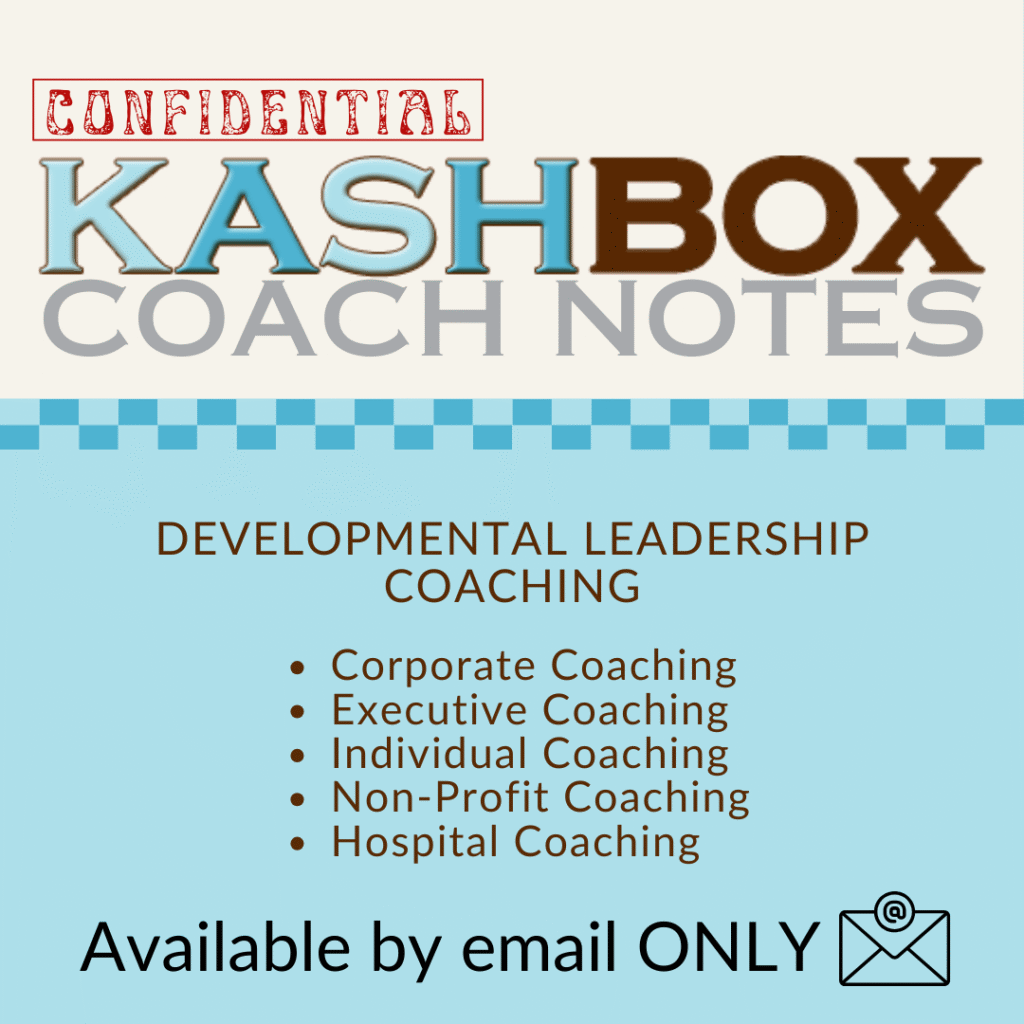Regardless of the type of business, self-employment isn’t for everyone. It requires passion, know-how, and opportunity. It requires strategy and great timing. And it takes resources. Leadership development can help alleviate hesitations and fears to focus on timing.
Is now the best time to start your own business?
Questions like these are common right now. And the answer is: definitely, maybe.
To be sure, there are many pros and cons to consider:
▶ With unemployment claims at 30MM in the U.S. and unemployment dropping to 10.2% (16.5% factoring in part-time employees), there is still a lot of volatility in the market.
▶ In the months of March and April, the US economy lost more than 21MM jobs, and in May, June, and July, it regained 9.3MM (about half of the jobs lost). While this upward trend is good news, the question remains, what happens next? A lot depends on three things:
▶ The virus: While scientists are making great progress toward a vaccine, the number of new cases continues to grow.
▶ Consumer confidence and behavior: Some experts speculate that many people used the $1200 US stimulus check to pay down debt rather than stimulate the economy with new purchases.
▶ The government’s response: At the time of this writing, the U.S. government disagreed on a second stimulus bill. Of course, this is really only a piece of the puzzle in response to a global pandemic.
▶ For the unemployed, with no indication of a work return date, now is a great time to explore possibilities.
▶ According to the National Bureau of Economic Research, when people have more time to find the right position (with the security of unemployment benefits to sustain them), they find a better-fitting job. Sometimes, this means creating a job perfectly suited for them while solving their clients’ problems.
Many leaders, executives, and managers secretly wish that they were self-employed. Examining past career choices, future opportunities, and the reality that time is finite, they open the window to options and opportunities.
Are You Ready for Self-Employment?
Ask yourself:
▶ What steps must I take to transition to entrepreneurship?
▶ Can I give myself permission to succeed or fail?
▶ How does fear keep me in a reactive stance, constrained by outmoded routines?
▶ Am I content to live partially, or am I ready and willing to explore new ways of thinking and feeling?
▶ Can I gather the energy needed to realize my unlived potential?
▶ How can I take one small step?
The shift to self-employment can be the most rewarding accomplishment and pathway to success there ever was. But, ask anyone who has ventured out on their own, and they’ll tell you tales of blood, sweat, and tears shed. If you’ve got a novel, great idea, it won’t take long before others are nipping on your heels. It’s important to start right: start smart.

Ready to Find Your Perfect Kashbox Coach?
Every executive and business leader has unique strengths and faces specific challenges. That’s why we offer a diverse team of experienced coaches, each with specialized expertise in different areas of leadership coaching.
Click the button below to match with a Kashbox Coaching leadership coach who can best help you unlock your full potential.
Hone Your Value Proposition
Begin with a value proposition: a simple, memorable statement about what you do and why you do it. Your value proposition describes your company and brand’s functional and emotional benefits. Functional benefits are linked to specific product features, while emotional benefits refer to positive feelings that customers experience when using your products and services.
For example, the functional benefit of a gardening tool could be the efficient removal of lawn weeds, but the emotional benefit could be its ease of use by people with knee ailments. Value propositions are not necessarily about offering the cheapest products. They are about convincing customers that they are getting value for their money.
A value proposition can be created in four steps:
Step 1: Know your customer
Your customer is a businessman with quite a large house who likes the “meditative feeling” of cutting his own lawn but gets bored when the job takes too long. He’s looking for a good quality cut and for the job to be done quickly and enjoyably.
Step 2: Know your product or idea
The product is a ride-on mower with a 25-horsepower (powerful) engine and 45-inch (wide) cutting blades.
Step 3: Know your competitors
The mower goes faster and cuts wider than the competition.
Step 4: Distill the customer-oriented proposition
“Our mower cuts your grass in 50% of the time of ‘big brand’ mowers in its class. And it leaves the lawn looking beautiful too!”
Craft Your Business Positioning Statement
Your business positioning statement flows from your value propositions. It should describe why customers should use one product over another.
For example, a small bakery’s positioning statement could be its multigrain bread and custom-designed cakes that appeal to customers who are looking for flavorful and creative products that are different from the standard mass-produced items at big-box grocery stores. Correct positioning could determine market-share gains and profitability. In this case, the bakery is trying to position its products in the market segment, including customers who want high-quality, high-priced goods. If it tries to compete solely on price, it may not survive because bigger companies can use their buying power to reduce input costs.
Positioning statements focus on the most relevant benefit and points of competitive differentiation that are meaningful to the persona:
▶ Audience (persona type/niche market)
▶ Product
▶ Category
▶ Differentiator
▶ Key customer benefit
▶ Think “Why?” and answer the customer’s question of WIFM
Be prepared to modify your positioning statements to respond to changes in the business environment.
Memorize Your Personal Positioning Statement
Your personal positioning statement flows from your value propositions and business positioning statement. It describes why customers should choose you over someone else.
For example, your personal positioning statement could include how you have helped other clients and appeal to prospects who are looking for similar results (or have similar problems). Based on your niche market values, personal positioning statements focus on the most relevant benefit of working with you versus your competitors.
Try this basic template, and fill in the blanks:
For ____________________ (your audience/niche market/persona type),
I am the ____________________ (your specialty or category of service)
with the unique combination of ________________ (your differentiator)
that can help you ____________________ (key customer benefit/the “why”/WIFM answer).
These tools also help to keep your vision alive. They remind you of what you do and why you do it. Most importantly, they prepare you to answer the question, ” What do you do?”
Bite-sized leadership not published anywhere else.
You can unsubscribe at any time.
Unleash Your Inner Entrepreneur
Leaders and executives often make great entrepreneurs. After all, many have grown through the ranks in an organization and understand what it takes to succeed in business:
▶ Facilitator
▶ Teacher
▶ Pragmatist
▶ Motivator
▶ Visionary
▶ Mystic (magnetism)
As an entrepreneur, you’ll move through the ranks. Knowing which aren’t a good fit and knowing what you don’t know allows you to focus your time, energy, and attention on areas where you excel.
Generally speaking, your passion will stem from your knowledge or experience with the technical aspects of your business: the first three ranks. Successful entrepreneurship requires a solid understanding of logistics, including resources, supply chains, production, marketing, finance, and everything in between.
As you take on more responsibility (and grow your business), you can teach others, delegate, or hire out the roles of facilitator, teacher, and pragmatist. Your role will shift to motivator as you encourage others in their performance.
As a visionary, you’ll share your ideas, identify possibilities and opportunities, and make connections others may miss. Even without a team yet in place, you’ll be called on to communicate your vision and inspire action from others: creditors, investors, and clients. This requires social intelligence, charisma, and magnetism; it requires the mastery of mysticism.
The Mastery of Mystique
Mystique is a transformational, rather than transactional, quality. It affects our internal and external state. The charismatic entrepreneur changes how we feel about ourselves, our values, and our beliefs. Our behavior and performance are, therefore, influenced on a deeper level.
Consider your formative life experiences. It’s not about what happened to you but how you responded. For example, if something traumatic raised your self-awareness, caused you to question, reflect, gain insight, and ignite your passion, share this with others.
In challenging times, charismatic entrepreneurs can, more than any other force, unite a group and inspire focus.
Serendipity, Self-Employment and Success
Self-employment isn’t for everyone. It requires passion, know-how, and opportunity. It requires strategy and great timing. And it takes grit. Successful entrepreneurs use their grit to:
▶ Anticipate that obstacles are inevitable and find a way around them.
▶ Develop their abilities by finding solutions to setbacks.
▶ Build willpower by using it like a muscle anticipating when they’re vulnerable, avoiding temptations, and preparing contingency plans and coping strategies.
Successful entrepreneurs focus on what they will do rather than what they won’t do, a tactic that fosters positive energy. They know success depends on adapting to challenges and persisting, even when they’re ready to wave the white flag. And they are open to opportunities in surprising places.
Successful entrepreneurs see what others don’t; they notice the un-noticed and expect the unexpected. Those who are successfully self-employed turn these noticed, unexpected observations into opportunities. Some call it serendipity.
As Christian Busch, PhD, writes in The Serendipity Mindset (Riverhead Books, 2020), “[Serendipity] demands a conscious effort to prompt and leverage those moments when apparently unconnected ideas or events come together in front of you to form a new pattern.” To put it simply, they connect the dots.
According to Busch, there are three types of serendipity: Archimedes, Post-it, and Thunderbolt.
▶ Archimedes Serendipity: When a solution to a known problem comes from an unexpected place. This type of serendipity is common for natural entrepreneurs.
▶ Post-it Serendipity: When a solution to a known problem is stumbled upon by exploring a different and/or unrecognized problem.
▶ Thunderbolt Serendipity: When a solution to an unknown problem presents itself.
Why Is This Important?
As successful entrepreneurs will tell you, no matter how strong your passion or know-how, success depends on your openness to opportunity and how well you have trained yourself to recognize opportunities around you. Serendipitous entrepreneurs connect the dots between the small things and life’s bigger problems.
Busch writes, “Learn to spot serendipity.” Recognize opportunities in things, places, and with others. Connect the dots and recognize patterns.
One of the biggest hurdles in this process is confidence or lack thereof. Sometimes, our need for perfectionism (and fear of failure) holds us back. But when we accept that failure is better than no attempt, we can let go of limitations and open to a world of possibilities.
Some successful entrepreneurs intuitively cultivate serendipity. They are open to the unexpected, able to proactively lead during times of uncertainty, and understand what is within their control. Others work to cultivate a serendipitous attitude. What about you?

Creator of the KASHBOX: Knowledge, Attitude, Skills, Habits
Helping You Realize Your Potential
I help people discover their potential, expand and develop the skills and attitudes necessary to achieve a higher degree of personal and professional success and create a plan that enables them to balance the profit motives of their business with the personal motives of their lives.





















